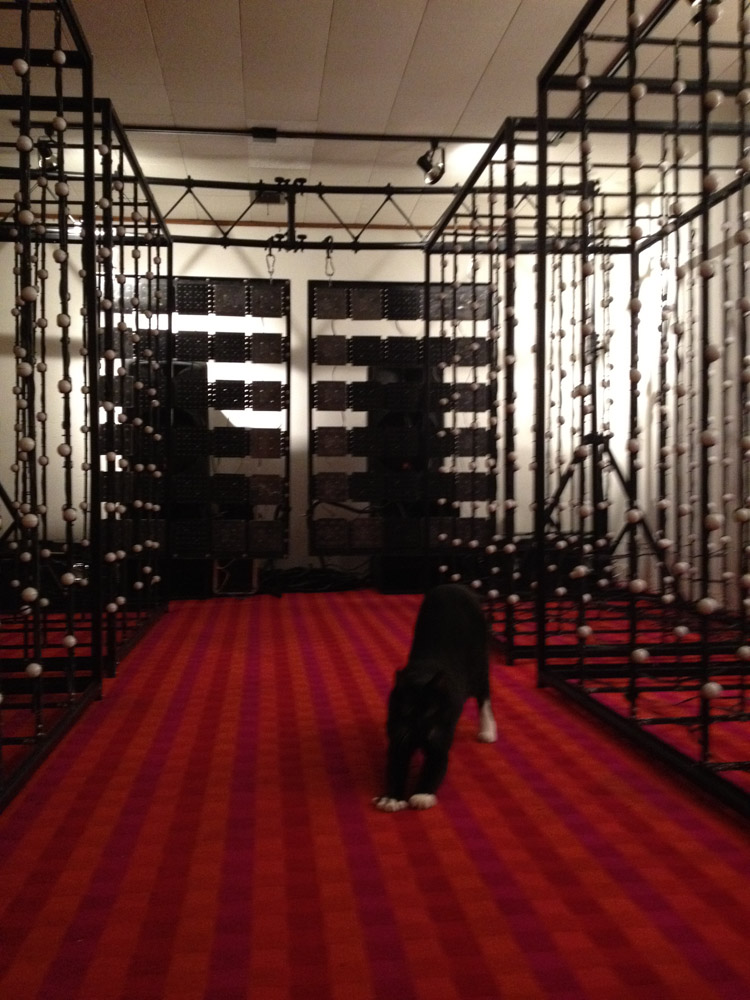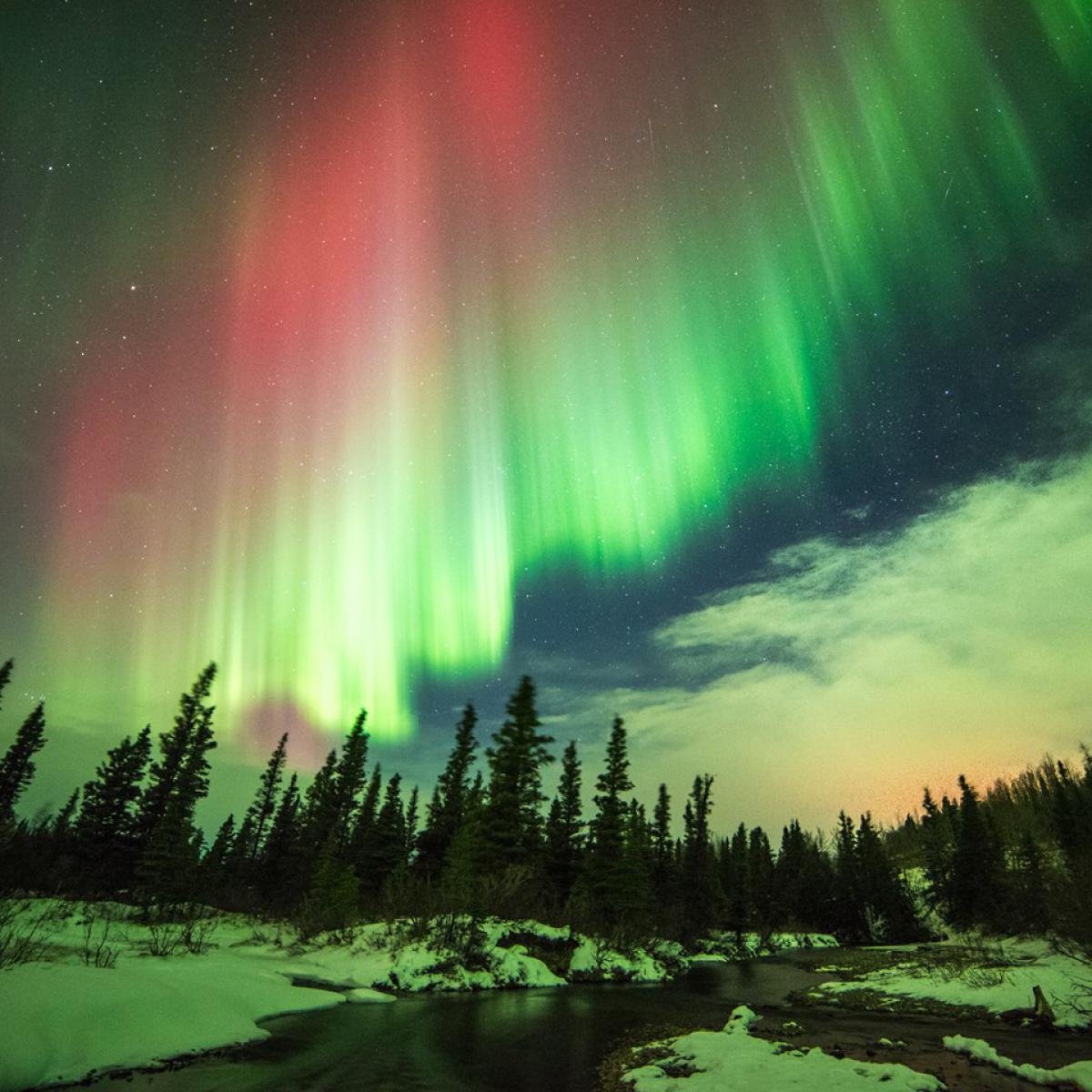Aurora Borealis In Dallas Tonight: A Celestial Spectacle You Won’t Want To Miss
Have you ever wondered what it would be like to witness the mesmerizing aurora borealis in Dallas tonight? Imagine the night sky illuminated with vibrant hues of green, purple, and pink, creating a breathtaking display right above you. While the aurora borealis is typically associated with polar regions, under the right conditions, it can occasionally grace the skies of places like Dallas. In this article, we’ll explore everything you need to know about this phenomenon and how to make the most of this rare opportunity.
The aurora borealis, also known as the Northern Lights, is one of the most stunning natural wonders in the world. It occurs when charged particles from the sun interact with the Earth’s magnetic field, creating a dazzling light show. For residents of Dallas, witnessing this phenomenon is a once-in-a-lifetime experience that combines science, nature, and awe-inspiring beauty.
As we dive deeper into this topic, you’ll learn about the science behind the aurora borealis, the best ways to prepare for viewing it, and tips for capturing the moment through photography. Whether you’re a nature enthusiast, a photographer, or simply someone who appreciates the wonders of the universe, this article will equip you with all the information you need to enjoy the aurora borealis in Dallas tonight.
Read also:Amanda Lepore Age The Extraordinary Journey Of A Transgender Icon
Table of Contents
- The Science Behind Aurora Borealis
- Aurora Borealis Forecast for Dallas Tonight
- Ideal Viewing Conditions
- Best Locations in Dallas for Aurora Viewing
- Essential Equipment for Aurora Watching
- Tips for Aurora Photography
- Historical Significance of Aurora Borealis
- Myths and Legends Surrounding the Northern Lights
- Scientific Research on Aurora Borealis
- Conclusion: Prepare for a Night to Remember
The Science Behind Aurora Borealis
The aurora borealis is a result of complex interactions between solar winds and the Earth’s magnetic field. When charged particles from the sun collide with atoms and molecules in the Earth’s atmosphere, they release energy in the form of light. This light is what we see as the aurora borealis, with colors ranging from green and pink to purple and blue.
The most common color of the aurora borealis is green, which is produced by oxygen molecules located about 60 miles above the Earth’s surface. Red auroras, on the other hand, occur at higher altitudes, while nitrogen contributes to the purple and blue hues.
Did you know? The aurora borealis is more frequently observed in polar regions due to their proximity to the Earth’s magnetic poles. However, geomagnetic storms can occasionally push the aurora further south, making it visible in places like Dallas.
How Solar Activity Influences Aurora Borealis
Solar activity plays a crucial role in determining the intensity and frequency of auroras. During periods of high solar activity, such as solar flares or coronal mass ejections, the aurora borealis can be seen in regions much farther from the poles. Scientists monitor solar activity closely to predict when and where auroras might occur.
- Solar flares can increase the likelihood of auroras.
- Coronal mass ejections (CMEs) send charged particles toward Earth, enhancing auroral displays.
- Geomagnetic storms are responsible for pushing auroras into lower latitudes.
Aurora Borealis Forecast for Dallas Tonight
While the aurora borealis is typically visible in regions near the Arctic Circle, certain conditions can make it possible to see it in Dallas. The key to witnessing this phenomenon lies in the strength of the geomagnetic storm and the level of solar activity.
According to the Space Weather Prediction Center, a strong geomagnetic storm is expected tonight, which could result in auroral activity as far south as Texas. If you’re in Dallas, keep an eye on the skies after midnight for the best chance of spotting the aurora borealis.
Read also:March 11 Birthdays Celebrating Influential Personalities And Special Birth Dates
How to Check Aurora Forecasts
Several websites and apps can help you track auroral activity:
These resources provide real-time updates on auroral activity and can help you plan your viewing experience accordingly.
Ideal Viewing Conditions
To maximize your chances of seeing the aurora borealis in Dallas tonight, it’s important to consider the viewing conditions. Here are some factors to keep in mind:
- Dark Skies: Light pollution can make it difficult to see the aurora borealis. Find a location away from city lights for the best experience.
- Clear Weather: Cloud cover can obscure the view of the night sky. Check the weather forecast before heading out.
- Timing: The aurora borealis is most visible during the darkest hours of the night, typically between midnight and 3 a.m.
In addition to these factors, patience is key. Auroral displays can be unpredictable, so be prepared to spend some time outdoors waiting for the lights to appear.
Best Locations in Dallas for Aurora Viewing
Dallas may not be the first place you think of when it comes to aurora borealis viewing, but with the right conditions, it’s possible to witness this natural wonder. Here are some of the best locations in and around Dallas for optimal viewing:
1. Fort Worth Nature Center and Refuge
This expansive nature reserve offers minimal light pollution and provides a serene setting for aurora watching. Bring a blanket and some hot cocoa for a cozy outdoor experience.
2. Cedar Hill State Park
Located just south of Dallas, Cedar Hill State Park is a designated Dark Sky Park, making it an ideal spot for stargazing and aurora viewing. The park offers several hiking trails and picnic areas where you can set up camp for the night.
3. Enchanted Rock State Natural Area
About a three-hour drive from Dallas, Enchanted Rock is a popular destination for stargazers and aurora enthusiasts. The lack of light pollution and stunning landscape make it a perfect location for capturing the beauty of the aurora borealis.
Essential Equipment for Aurora Watching
While the aurora borealis can be enjoyed with the naked eye, having the right equipment can enhance your experience. Here are some essentials to consider:
- Binoculars: While not necessary, binoculars can help you get a closer look at the auroral displays.
- Camera: A DSLR or mirrorless camera with manual settings is ideal for capturing the aurora borealis.
- Tripod: A sturdy tripod is essential for long-exposure photography.
- Warm Clothing: Nights in Dallas can get chilly, so dress in layers to stay comfortable.
For those planning to photograph the aurora, investing in a wide-angle lens with a fast aperture will allow you to capture more of the night sky in your shots.
Tips for Aurora Photography
Capturing the aurora borealis on camera requires some technical know-how, but with practice, you can create stunning images of this natural phenomenon. Here are some tips to help you get started:
Camera Settings for Aurora Photography
- Set your camera to manual mode and adjust the ISO to between 800 and 3200 for better light sensitivity.
- Use a wide aperture (f/2.8 or lower) to allow more light into the lens.
- Experiment with shutter speeds between 5 and 20 seconds to capture the movement of the aurora.
In addition to these settings, consider using a remote shutter release to avoid camera shake and enable longer exposures.
Historical Significance of Aurora Borealis
The aurora borealis has fascinated humans for centuries, inspiring myths, legends, and scientific inquiry. In ancient times, people attributed the aurora to divine beings or supernatural forces. For example, the Inuit people of Alaska believed the aurora was the spirits of their ancestors playing a game with a walrus skull.
In modern times, the aurora borealis continues to captivate scientists and enthusiasts alike. Researchers study its effects on Earth’s atmosphere and magnetic field, while photographers and tourists travel great distances to witness its beauty.
Myths and Legends Surrounding the Northern Lights
Throughout history, various cultures have developed unique interpretations of the aurora borealis. Here are a few fascinating myths and legends:
- Norse Mythology: The Vikings believed the aurora was the reflection of the armor of the Valkyries, warrior maidens who escorted fallen heroes to Valhalla.
- Chinese Mythology: Some Chinese legends describe the aurora as the breath of dragons battling in the sky.
- Samí Culture: The Samí people of Scandinavia associated the aurora with foxes running across the snow, creating sparks of light with their tails.
These stories highlight the cultural significance of the aurora borealis and its role in shaping human imagination.
Scientific Research on Aurora Borealis
Scientists continue to study the aurora borealis to better understand its causes and effects. Recent advancements in technology have allowed researchers to gather more data on solar activity and its impact on Earth’s magnetic field. Satellite observations and ground-based instruments provide valuable insights into the mechanics of auroral displays.
One of the most exciting areas of research involves the connection between auroras and space weather. By studying the aurora borealis, scientists can predict geomagnetic storms and their potential effects on power grids, communication systems, and satellite operations.
Conclusion: Prepare for a Night to Remember
Witnessing the aurora borealis in Dallas tonight is a rare and unforgettable experience. By understanding the science behind this phenomenon, checking forecasts, and preparing with the right equipment, you can make the most of this opportunity. Whether you’re a seasoned photographer or a curious observer, the aurora borealis offers a glimpse into the beauty and complexity of our universe.
We encourage you to share your experience in the comments below or explore other articles on our site for more information on astronomy and natural wonders. Don’t miss out on this celestial spectacle—prepare for a night to remember and enjoy the magic of the aurora borealis!


